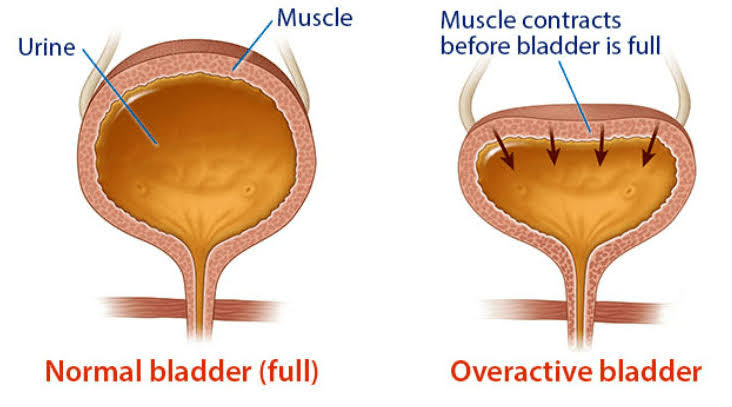One in five affected; women and elderly most vulnerable, urging need for awareness and early intervention
Overactive Bladder (OAB) is emerging as a significant but under-recognized public health issue in Karnataka. Characterized by symptoms such as frequent urination, sudden urgency, and in some cases, incontinence, the condition affects quality of life but often goes undiagnosed. Although precise data for Karnataka in 2025 is not publicly available, leading urology clinics in Bengaluru are now reporting 10 to 15 new patients every day with bladder-related symptoms, indicating a rising burden across both urban and semi-urban populations.
Globally, OAB affects nearly one in five women and becomes increasingly prevalent with age, with some studies showing rates as high as 28 percent among those above 60. In India, where awareness around urological health remains low and stigma around urinary issues is widespread, many women normalize their symptoms or delay seeking care. As Karnataka’s population continues to age and urbanize, these trends are becoming increasingly visible in clinical settings.
Addressing the issue during a medical interaction in Bengaluru, Dr. Manasa T, Associate Professor of Urology at Ramaiah Medical College & Hospitals, Bangalore, highlighted that OAB is a multi-factorial condition that requires timely intervention. “We are seeing more patients, especially women above 45, coming in with symptoms of urgency, frequency, and incontinence. Lifestyle factors, hormonal changes after menopause, and even chronic conditions like diabetes and obesity are major contributors. In Karnataka’s aging and increasingly urban population, OAB is no longer rare—it’s just underreported,” said Dr. Manasa.
Overactive Bladder is not a disease in itself but a cluster of symptoms that result from a wide range of physiological, neurological, and behavioral causes. Bladder muscle and nerve function can naturally decline with age, particularly in post-menopausal women. At the same time, rising obesity levels, sedentary routines, and dietary triggers such as excessive caffeine intake are further worsening bladder sensitivity. Patients with neurological disorders such as stroke or Parkinson’s disease, those experiencing chronic constipation, and women with pelvic floor weakness due to childbirth are also at higher risk of developing OAB.
In Karnataka, these risk factors are increasingly common in both metros like Bangalore and tier-2 cities, where lifestyle changes and rising chronic disease rates mirror national urban health trends. Yet, stigma continues to delay diagnosis. Many individuals still hesitate to discuss bladder health openly, believing symptoms to be a natural part of aging or something to be endured in silence.
Experts are now calling for routine screening for urinary symptoms during general health check-ups, especially for people over 45. Raising awareness among both physicians and the public could help ensure timely treatment, which typically involves a combination of behavior modification, pelvic floor exercises, medication, and in some cases, advanced urological procedures. Dr. Manasa emphasized that with early diagnosis and proper guidance, most patients can effectively manage their symptoms and restore their quality of life.
As Karnataka’s healthcare system adapts to meet the needs of its aging population, OAB must be recognized as a mainstream health priority rather than a private discomfort. Greater awareness, destigmatization, and access to urology care will be critical in addressing this silent but widespread condition.
Reference:
Prevalence of Overactive Bladder in Indian Population – PMC7379992


